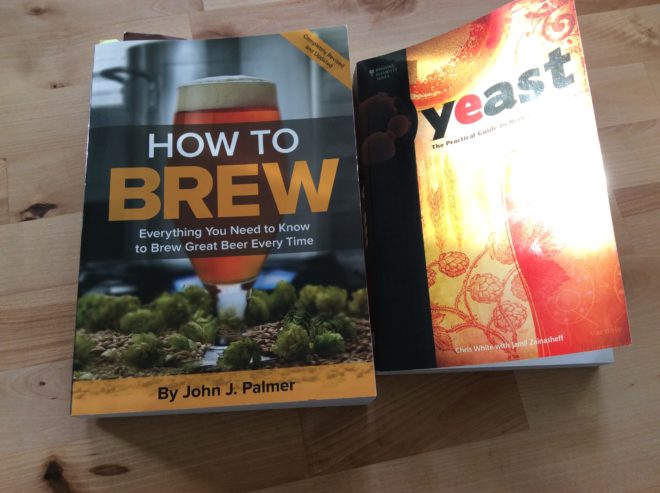Professional craft beer brewers understand the benefits of recordkeeping. If you want to produce quality goods, make money, and run a successful business then you need good information and records management.
Good IM / RM helps you capture observations and thoughts. It also helps you access relevant and true data at the right time. If your IM processes that aren’t doing that, it’s a sign you need to do some work and refine them.
The good news is that by improving your templates, workflows, forms, and automated workflows you’ll also improve your IM as well. Digital IM work goes hand in hand with other digital work.
Document everything and keep good records… Do not forget to record data such as sensory qualities of the beer, source of the yeast, number of generations, storage temperatures, storage time, etc.
“Yeast: the practical guide to beer fermentation” by Chris White with Jamil Zainasheff 2010 (pg. 54)
There are two types of brewers – lucky and consistent. The lucky brewer will sometimes produce an outstanding batch of beer, but just as often one that is not. He brews by the seat of his pants, innovating and experimenting with mixed results. The consistent brewer has more outstanding batches than poor ones. He may be an innovator and an experimenter, but the difference is that the consistent brewer takes note of what he did and how much he did of it so that he can always learn from his results. Good organization and record keeping make the difference between luck and skill.
“How to brew: everything you need to know to brew great beer every time” by John J. Palmer 4th ed. 2017 (pg. 25)
